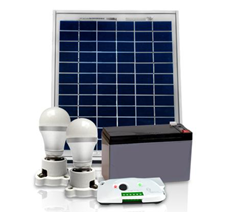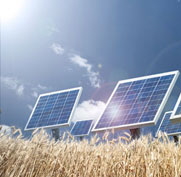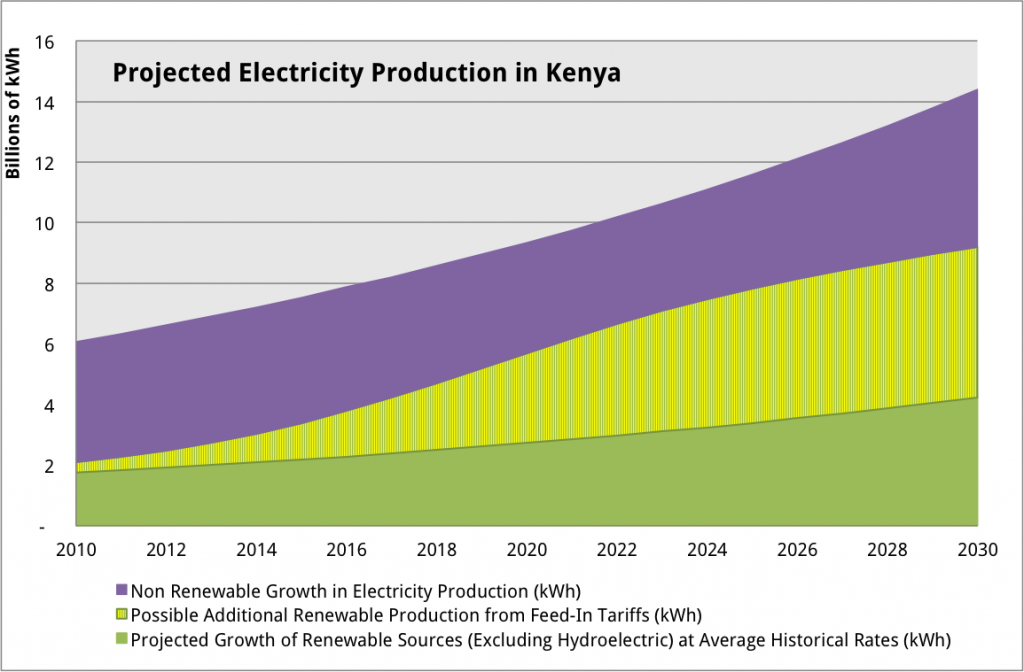|
Energy
The largest share of Kenya’s electricity supply comes from hydroelectric stations at dams along the upper Tana River, as well as the Turkwel George Dam in the west. A petroleum-fired plant on the coast, geothermal facilities at Olkaria (near Nairobi), and electricity imported from Uganda make up the rest of the supply.
Kenya’s installed capacity stood at 1,142 MW a year between 2001 and 2003. The state-owned Kenya Electricity Generating Company (KenGen), established in 1997 under the name of Kenya Power Company, handles the generation of electricity, while the Kenya Power and Lighting Company (KPLC), which is slated for privatization, handles transmission and distribution. Shortfalls of electricity occur periodically, when drought reduces water flow. In 1997 and 2000, for example, drought prompted severe power rationing, with economically damaging 12-hour blackouts. Frequent outages, as well as high cost, remain serious obstacles to economic activity.
Tax and other concessions are planned to encourage investment in hydroelectricity and in Geothermal Energy , in which Kenya is a pioneer. The government plans to open two new power stations in 2008, Sondu Miriu (hydroelectric) and Olkaria IV (geothermal), but power demand growth is strong, and demand is still expected to outpace supply during periods of drought.
Kenya has recently found some hydrocarbon reserves on its semi arid northern region of Turkana after several decades of intermittent exploration. Prospecting also continues off Kenya’s shore. In the meantime, Kenya currently imports all crude petroleum requirements.
Petroleum accounts for 20 to 25 percent of the national import bill. Kenya Petroleum Refineries—a 50:50 joint venture between the government and several oil majors—operates the country’s sole oil refinery in Mombasa , which currently meets 60 percent of local demand for petroleum products. In 2004 oil consumption was estimated at 55,000 barrels (8,700 m3) a day. Most of the Mombasa refinery’s production is transported via Kenya’s Mombasa–Nairobi pipeline.
|



![kenya-map[1] kenya-map[1]](../assets/images/kenya-map_1_.gif)



